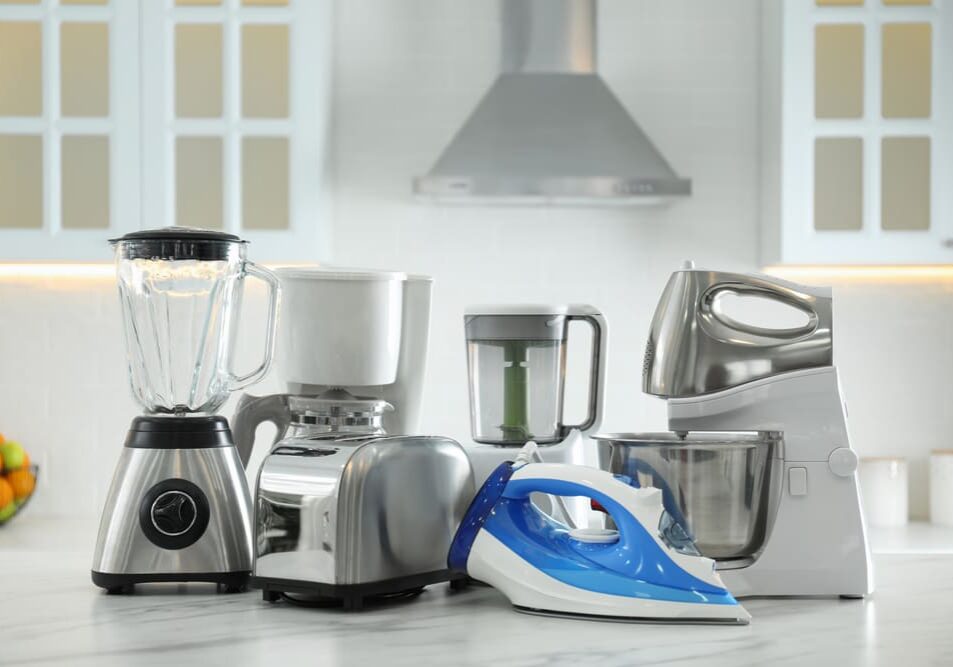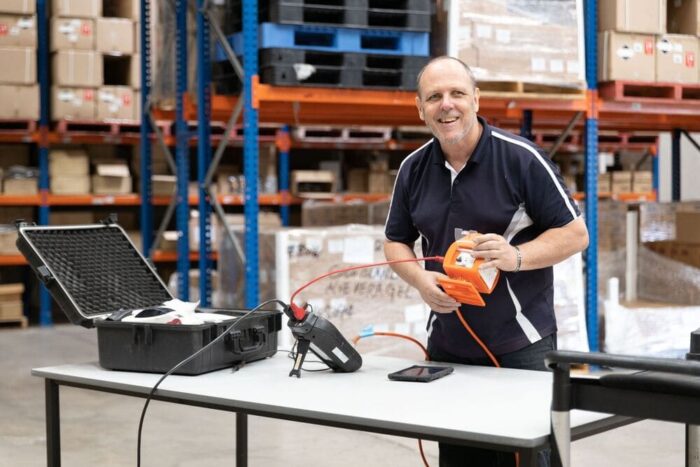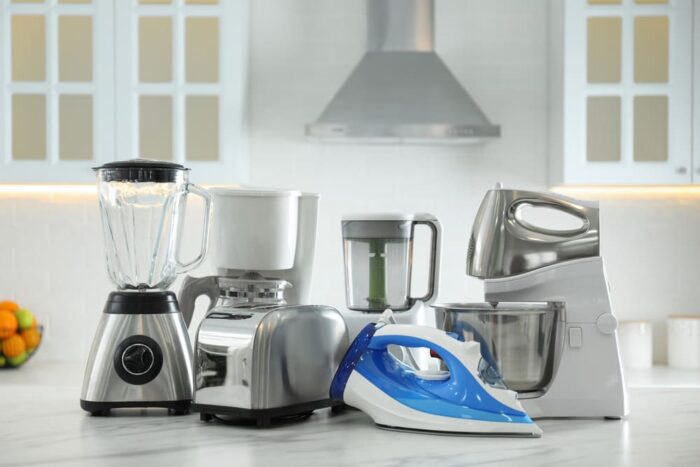Australian Electrical Standards – what makes them different?
Australia’s electrical system operates differently from those in many other parts of the world. The power supply in Australia operates at 230 volts and 50 hertz, which contrasts with systems in countries like the United States or Japan that use 110 volts and 60 hertz. These differences affect more than just how a plug fits into a socket—they impact how appliances perform, and whether they can do so safely.
Many appliances built for 60Hz power systems may not operate as intended on Australia’s 50Hz supply. Australia also uses a unique Type I plug, which is not commonly found elsewhere. Even in countries that use similar plug types, slight differences in pin size or wiring standards can result in loose connections or unsafe operation.
To ensure household electrical products are safe to use in Australia, they must carry the Regulatory Compliance Mark (RCM), which indicates the product has been tested and approved under the Electrical Equipment Safety System (EESS).
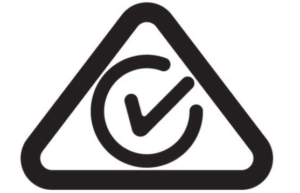
Without these safeguards in place, imported appliances may present safety and financial risks. Most home and contents insurance in Australia includes conditions that require appliances and electrical installations to be compliant with local safety standards. If a non-compliant device causes a fire, electric shock, or other damage, your insurer may reject a claim or reduce the payout. Insurance companies often investigate the source of electrical incidents, and if the cause is traced back to an uncertified or imported appliance, you may be found at fault.
Common problems with foreign appliances
One of the most common challenges with imported electrical appliances is plug compatibility. Australian power outlets are designed for Type I plugs, which feature two flat pins in a V-shape and a grounding pin. Most overseas appliances are not fitted with this plug type. For instance, European models often use Type C or Type F plugs, whereas devices from the United States typically come with Type A or Type B plugs. These plug types do not fit Australian sockets and are generally used with a plug adapter. While plug adapters are widely available, they only modify the physical shape of the plug, not the voltage, frequency, or power rating. Using an adapter with a high-powered appliance that draws more electricity than the adapter is designed to handle can lead to overheating or fire.
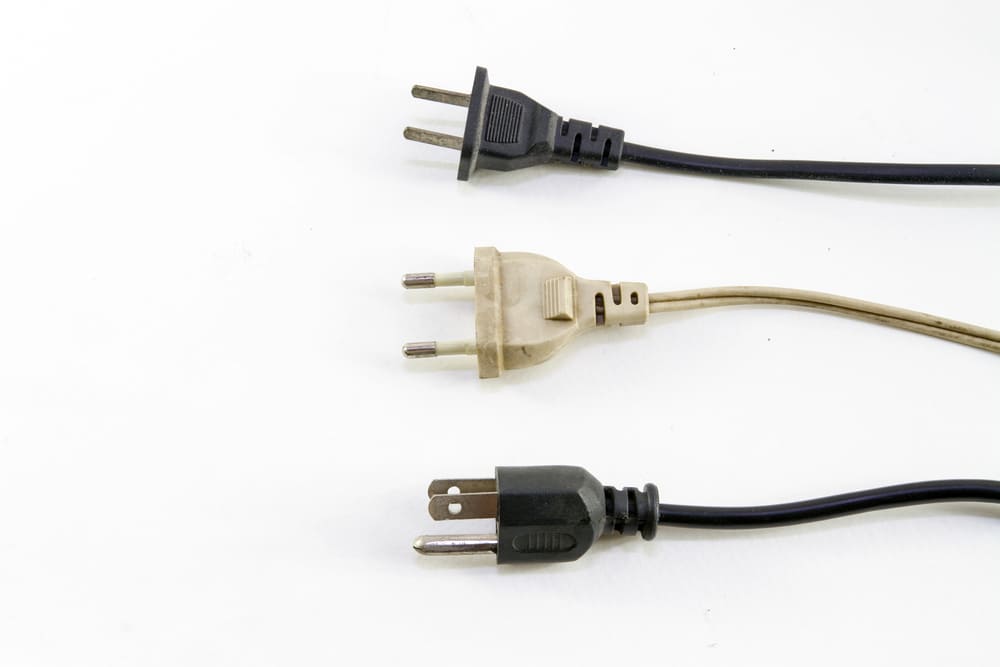
Some appliances from countries that use plugs similar in appearance to those in Australia may seem compatible at first. Chinese devices are a good example. While some appliances from China use Type I plugs, the pins are often slightly thinner than those used in Australia. This can result in a loose fit, which increases the risk of arcing, overheating, or electrical faults. A plug that physically fits into the socket isn’t always safe. Even when an appliance appears to connect correctly, it is important to confirm that it complies with Australian safety standards and has the Regulatory Compliance Mark.
Another issue to consider with imported appliances is the risk of poor build quality or counterfeit electronics. Some devices sold through overseas marketplaces may look legitimate but are manufactured with substandard materials, inadequate wiring, or insufficient safety controls. Counterfeit products often mimic well-known brands, using fake logos and packaging to appear genuine, but they rarely meet the performance or safety standards of the originals. These items may lack essential safety features such as fuse protection or proper insulation, making them far more likely to overheat, short-circuit, or fail.
Devices with motors, clocks, or electronic timers can run slower, overheat, or wear out faster.
Without the Regulatory Compliance Mark (RCM), there is no guarantee that an electrical appliance is safe, legal, or insurable. Always check for RCM certification before using imported appliances to ensure you are protecting both your home and your safety.
Business risk: legal responsibilities and workplace safety
Employers in Australia have legal obligations to ensure that all electrical equipment used in the workplace is compliant with relevant standards. Under Work Health and Safety (WHS) legislation, businesses must take all reasonable steps to protect workers and others from harm, including the risks associated with electrical appliances.
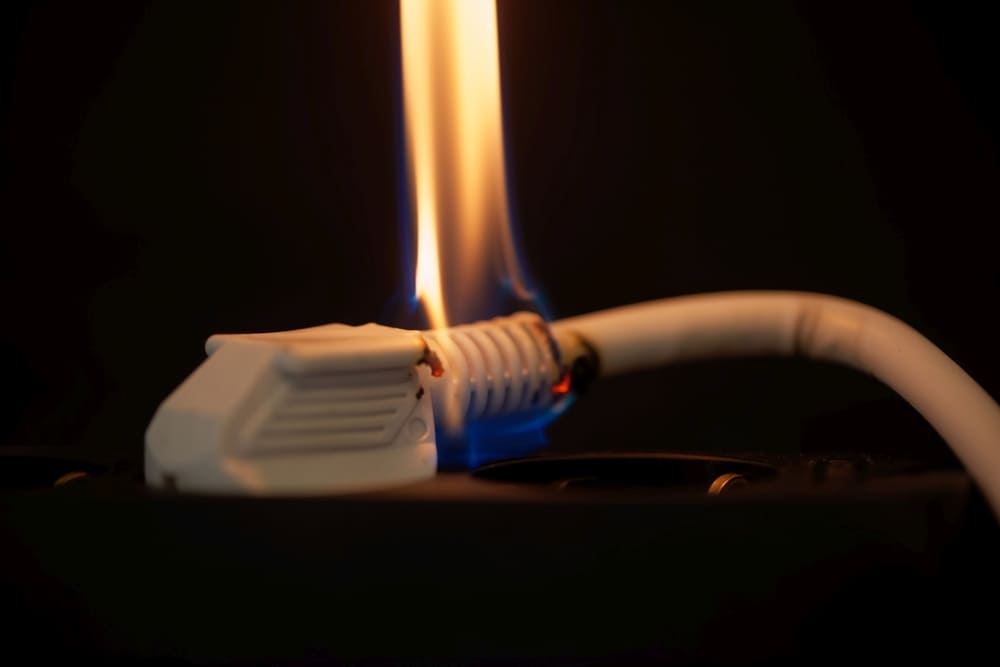
Using non-compliant or uncertified devices can breach these safety regulations and expose the business to serious consequences. If faulty equipment causes a fire, injury, or property damage, it could result in legal liability and may void insurance coverage. Any device used in a commercial environment should be tested and tagged by a qualified technician to confirm it is safe to operate.
Can a foreign appliance be used safely in Australia?
Using electrical equipment in Australia without the RCM is not necessarily illegal, but it carries safety, insurance, and compliance risks. Whether it is permitted depends on how the appliance is being used, at home, in the workforce, or for resale.
For consumers using appliances at home, it is not illegal to use imported devices for personal use. However, the appliance must still be safe and compatible with Australia’s 230V/50Hz electrical system. Without the RCM, there is no assurance that the product has been tested or meets local safety standards. If an uncertified appliance causes damage, your home insurance policy may not cover the claim.
For suppliers and sellers, the law is much stricter. Under AS/NZS 4417.2 and the Electrical Equipment Safety System (EESS), it is illegal to sell or supply electrical equipment in Australia without RCM certification. Businesses importing products for resale must be registered as Responsible Suppliers and ensure their products meet all applicable compliance requirements.
For workplace use, employers have a legal duty to provide a safe working environment. Using uncertified or non-compliant electrical equipment in a commercial setting may breach these laws and expose the business to legal liability. All workplace electrical equipment must also be tested and tagged regularly in accordance with AS/NZS 3760 to confirm it is safe to operate.
In some cases, imported appliances may require modification before they can be safely used in Australia. Any modifications made to imported electrical appliances, such as replacing the plug or using a transformer to adjust voltage, must be performed by a licensed electrician or a qualified technician.
How to check if your appliance is safe
If you have purchased a product online or are in the process of doing so, there are several checks you can take to ensure safety and compliance.
Check the rating label on the appliance
Locate the rating label, usually found near the power cord or on the underside. This label should indicate that the appliance is compatible with 230 volts and 50 hertz. When buying online, carefully review the product description and specifications provided on the website. Retailers should include voltage and frequency details, often listed in the technical section or user manual. If the listing doesn’t mention electrical compatibility or the images don’t show the rating label, it is worth contacting the seller to request this information before making a purchase. A lack of detail may indicate that the product hasn’t been approved for use in Australia.
Look for the Regulatory Compliance Mark (RCM)
The appliance or its packaging should display the RCM logo, which confirms that the product has been certified under the Electrical Equipment Safety System (EESS).
Search the EESS Public Database
To verify compliance, you can use the EESS Equipment Registration Database to check if the product is registered. You can search by brand, model number, or supplier name to confirm it has been approved for sale and use in Australia.
Avoid universal plug adapters without safety features
While plug adapters may allow physical connection, many do not include overload protection, grounding, or voltage conversion. Relying on adapters without safety features can increase the risk of safety issues. To ensure safety, always check for certification marks, such as CE, UL, or AS/NZS, on adapters to confirm they meet the relevant safety standards.
Purchase from Australian retailers or verified sellers
Buying from local suppliers or retailers with an Australian Business Number (ABN) improves the likelihood that the product is already certified for the Australian market.
Have the appliance professionally tested if in doubt
If you are unsure about any aspect of the appliance’s safety or compliance, have it inspected by a licensed electrician or test and tag service technician. They can confirm whether the appliance meets relevant standards and is safe for use in your home or workplace.
Why testing and tagging matters – especially for businesses
For businesses, electrical safety is a legal responsibility. The test and tag process plays a key role in meeting this obligation. It involves inspecting and electrically testing appliances to ensure they are safe for continued use, followed by attaching a visible tag that shows the test date, the next due date, and the technician’s details.
Even if a foreign appliance appears to be compliant, carrying the correct voltage rating and the Regulatory Compliance Mark (RCM), it should still be tested before being used in a workplace. Imported equipment may have been exposed to adverse conditions during shipping, may not perform reliably under Australian loads, or may contain hidden defects that are not visible upon inspection.
In commercial settings, testing isn’t a one-off task. According to AS/NZS 3760, workplace electrical equipment must be tested and tagged at regular intervals, depending on the environment in which they are used. For example, tools in a construction environment require more frequent testing than those used in a low-risk office space.
Routine testing helps businesses identify issues before they become safety hazards, ensures compliance with Work Health and Safety (WHS) legislation, and protects both workers and assets. Keeping accurate records of testing also demonstrates due diligence in the event of an incident.
Warranty and support limitations
Devices purchased from international suppliers may not be covered by local warranties, leaving you without access to repair services or replacement parts in the event of a malfunction.
When equipment is sourced from overseas, warranty claims may need to be processed through the original supplier or manufacturer, resulting in lengthy delays and additional shipping costs. This can be particularly problematic for businesses that rely on critical equipment to maintain operations. Waiting for repairs or replacement parts from international suppliers can disrupt workflow and increase downtime, impacting productivity and profitability.
For businesses considering imported equipment, it is important to assess the availability of local support and verify warranty terms before making a purchase. Establishing a maintenance plan that includes regular inspections and sourcing compatible parts can help mitigate potential risks associated with limited support.
Advice for home users
While there is no legal requirement to test and tag electrical appliances for personal use at home, safety should never be overlooked, particularly when using imported products. As discussed earlier, overseas purchases can carry hidden risks, including counterfeit electronics and devices made from substandard materials. These appliances often lack proper certification and may be missing critical safety features, such as grounding, insulation, or internal fuse protection.
This becomes especially important when dealing with appliances that generate heat, such as kettles, toasters, hair straighteners, and space heaters. These high-powered devices place greater demand on electrical systems and are more likely to overheat or malfunction. For added peace of mind, home users can still have imported appliances professionally tested. A licensed technician or qualified test and tag service can inspect the appliance and confirm whether it is safe for use in Australian conditions.
Given the potential consequences, ranging from equipment failure to house fires, home safety deserves the same level of attention as workplace compliance. Taking a proactive approach helps protect your family, your property, and your peace of mind.
Stay safe – test and tag first
Using electrical appliances purchased from overseas can be convenient and cost-effective, but without proper checks, these products may pose serious risks. Appliances that are incompatible with Australia’s voltage or frequency, lack certification, or are poorly manufactured can lead to overheating, electric shock, or fire. As highlighted throughout this article, taking shortcuts with electrical safety is not worth the risk.
While individual consumers are not legally required to test and tag appliances used at home, businesses are held to a higher standard of compliance. Employers must ensure all workplace equipment is safe, compliant, and regularly inspected in line with Australian regulations. Failing to do so can result in legal consequences, insurance issues, and serious harm.
Whether you are a homeowner or a business operator, the safest action is to consult a qualified Sydney test and tag service provider. They can assess imported equipment, confirm compliance, and help you make informed decisions before use.

